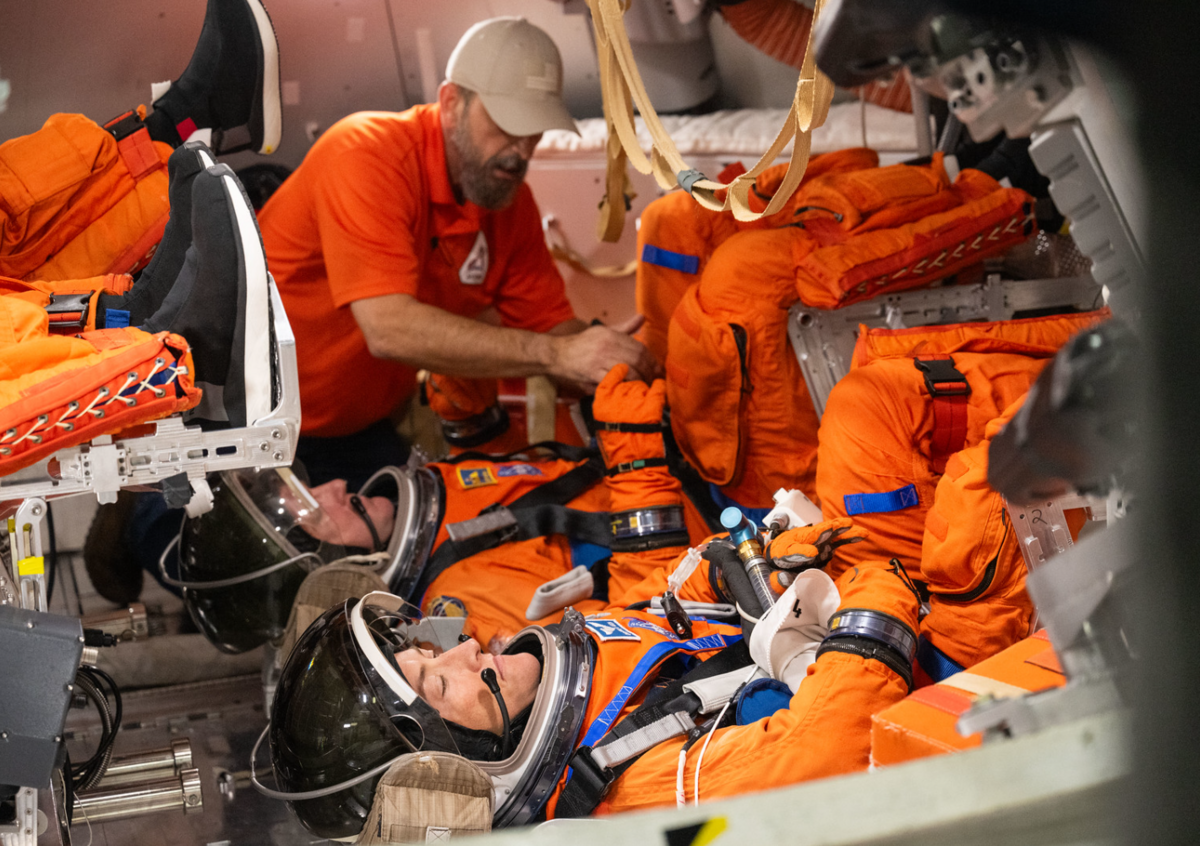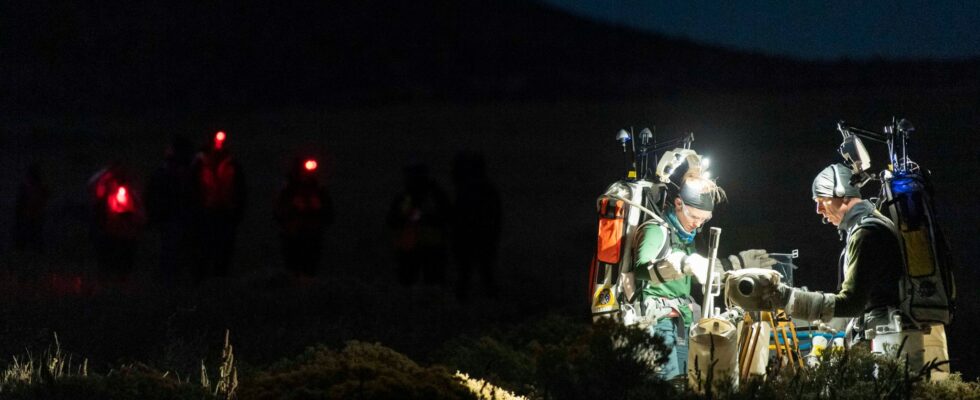During the Apollo adventure, the astronauts photographed the Moon using film and cameras developed by Hasselblad. For Artemis, times have changed. NASA is partnering with Nikon to modify a digital SLR and adapt it to the specificities of lunar soil. Looking forward to the clichés!
Taking photographs on the Moon is a matter of technique first, and prestige second. Zeiss lenses, Hasselblad cameras and their Kodak films have made history, producing some of the iconic photos of the 20th century. This is therefore an important choice for the American space agency, which has the difficult task of bringing American astronauts back to lunar soil during the Artemis III mission. Who to photograph the first steps on the Moon of a woman and a man of color? Well no suspense, it will be with a Nikon body. The latter will not be developed specifically for Artemis, it is a high-end Z 9, modified to withstand lunar conditions. In partnership with the Marshall Space Center (Alabama), the Japanese firm adapts its boxes to transform the device into the HULC project : Handheld Universal Lunar Camera.
Not a stock reflex
However, it is not a question of taking a classic case and wrapping it in waterproof material. Nikon and NASA are taking a tour of the electronics, to identify, shield or replace the most sensitive components inside the Z 9. Around the case, there will be a special thermal coating to protect it from temperatures and radiation. solar radiation and the very abrasive lunar dust (one wipe on the lens, and it’s ruined). And on top of all that, the handles must be adapted so that the astronauts can operate several functions and trigger them with the thick gloves of their future suits.
Nikon on the lunar surface
Nikon and NASA are not working together for the first time; the brand’s devices can be found within the ISS, but also outside during outings on the sides of the international station. But there are some particularities to the Moon, and to the Artemis missions as well. As NASA plans to send its astronauts near the South Pole, the cameras will need to be able to operate at very low light, in conditions that make our nights seem like real islands of light.

In addition to image and video capabilities, the devices will be the first to offer image feedback to astronauts on their rear screen. Let’s remember, in the 70s, that astronauts pointed “blindly”, which explains why many shots are tilted, poorly framed or with large flare effects (from pointing into the solar quarter). After initial tests in caves, the astronauts will take these specific boxes for testing in the ISS, then around the Moon…
Source : NASA

10